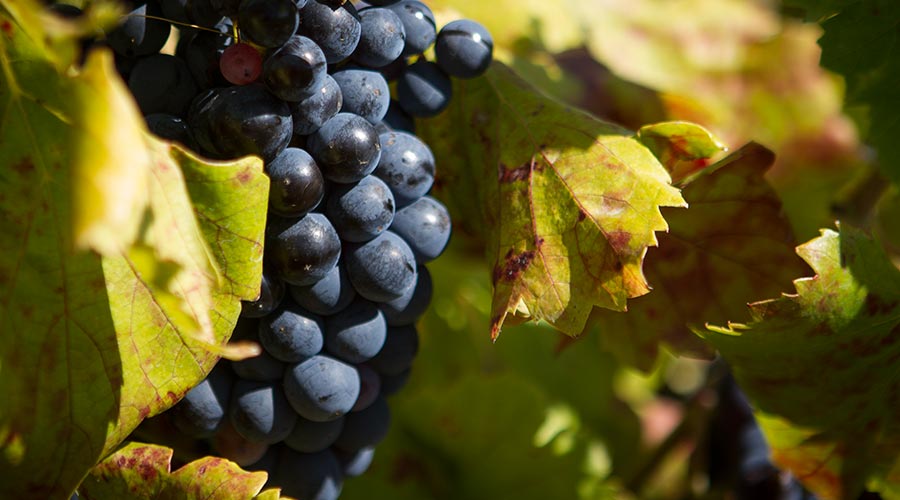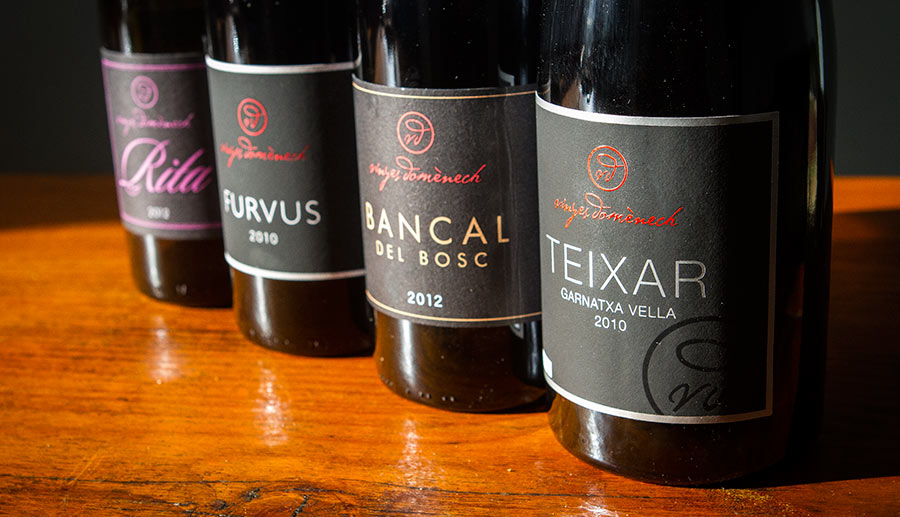It seems that nearly every year now, a new “vi de finca” comes on to the market in Catalunya. Great, what on earth does this mean? And in case that’s not enough of a mystery you should also take a look as to what’s a paratge?
Grand Cru
Let’s back it up to France as, for better or worse, that’s generally where definition of wine things start. “Grand Cru” in France is a vineyard of the highest level of classification in Burgundy or Alsace. There are also the “Premier Cru” which are a step below, but let’s not get in to that. Oh-so famous Romanée-Conti? That’s a Burgundy Grand Cru. Of course just to keep things murky, Saint-Émilion also uses Grand Cru but as a name to classify a chateau, not to classify a vineyard.
This system of vineyard classification was made official in the 1930s but this was after hundreds of years of study and is used to class vineyards that historically have produced consistent, excellent wines. Note that Grand Cru has nothing to do with “Grand Vin” which you might see on some wine labels and in reality means absolutely nothing other than the winemaker saying, “this is a great wine!”
Vino de Pago
Now let’s talk about the Spanish level of classification which dates from 2003. Pago in Spanish is a parcel of land. These are often translated to be “Estate wines” but this is a bit incorrect as what they actually are, are single vineyard wines. The vineyards which receive this classification are seen to be at a level that’s demonstrably different and unique than the other surrounding vineyards but it’s not based on history like with Grand Cru, but more what the owner(s) of the vineyard have done with it.
The rules for production are in theory quite strict and any wines that are to be derived from one of these pagos can only come from that pago itself. Given that the “smallest” one at the moment is a quite hefty 22ha in size, one would think that this isn’t a problem given that this amount of land produces a pretty hefty amount of grapes from it.
If there is a pago created in an area that falls under one of the two “quality” denominations of origin (Rioja and Priorat), then it can be called a “Vino de pago calificado”. To date this hasn’t happened as no vineyards of either of these regions have joined this system and currently there are 24 in Spain listed below by year of approval:
- 2003 – Dominio de Valdepusa, Finca Élez
- 2004 – Guijoso
- 2006 – Dehesa del Carrizal
- 2007 – Arínzano
- 2008 – Prado de Irache, Otazu
- 2009 – Campo de la Guardia, Pago Florentino
- 2010 – Casa del Blanco, El Terrerazo, Pago Aylés
- 2011 – Pago Calzadilla, Pago de Los Balagueses
- 2019 – Vallegarcía, Vera de Estenas, La Jaraba, Los Cerrillos, El Vicario
- 2020 – Chozas Carrascal
- 2021 – Urueña
- 2022 – Dehesa Peñalba
- 2022 – Bolandin
- 2022 – Abadia Retuerta
- 2042 – Rosalejo
If you happen to be a fan of Spanish wine and none of these names are immediately leaping off the screen at you, there’s a reason for this–they’re all in the regions of Castilla-La Mancha, Navarra, Valencia, Cariñena, Utiel-Requena, and Castilla y León. These are not Spain’s famous regions and while there may be some intending to attempt the process in the near future, for the last 12 years, none have thus making one wonder as to what kind of list this is exactly?
Just to add to the confusion, this has nothing to do with Grandes Pagos de España which is a private group that has extremely little overlap. So, despite the intention of this, there’s not much saying that this is indeed an incredibly exclusive VIP party to join. It feels a lot more like the VIP line that you’ve bought your way in to.
Vi de Finca
This is a Catalan-only scheme and it greatly resembles the Vino de Pago system but is much more strict. It was also brought in to force one year earlier in 2002. Currently there are but 19 finques (which, like in Spanish means, parcel in English) from 14 different cellars in seven different Catalan DOs. There are supposedly more on the books to emerge, although the DOQ Priorat paratge classification as well as DO Penedès vi de mas, I’m not sure how much appeal there will continue to be for the Catalan-wide system.
- 2006 – Clos Mogador (Clos Mogador)
- 2013 – Mas de la Rosa (Vall Llach)
- 2013 – La Scala/Gigi/Le Havre/Palau (Jean Leon/Torres)
- 2014 – Teixar (Vinyes Domènech)
- 2015 – Arnau Oller (Oller del Mas)
- 2016 – 3.9 (Abadal)
- 2018 – Coma Blanca, Clos Fontà (Mas d’en Gil)
- 2020 – El Mas Selecció (Edetària)
- 2022 – Avi Ton (Eudald Massana Noya)
- 2022 – V d’O 2 (Vinyes d’Olivardots)
- 2023 – Les Tallades de Cal Nicolau (Orto Vins)
- 2023 – La Serra Blanc (Herència Altés)
- 2023 – Singular Blanc (Collbaix)
- 2023 – Raïms de la Immortalitat (Torre del Veguer)
- 2023 – Especial Picapoll Negre (Oller del Mas)
You’ve probably heard of these as they’re all exquisite wines from what are indeed unique locales with maybe the exception of the Arnau that is 100% Merlot and a wine I’ve never been enamored of although it is a single vineyard called, Boïga. But for all of them, to achieve this level, in addition to a base similar to the Vino de Pago requirements, the vineyard needs to have been registered with its respective DO for at least five years, can’t produce more than 65 liters of wine per 100kg of grapes (never a problem in Priorat), has to produce 15% less than the allowed totals per hectare as permitted by the parent DO, and the wine from this vineyard needs to have been on the market under the same name for at least 10 years. You can read all the details here if you feel like running the Catalan through Google Translate.
Given this level, it’s easy to see why these wines wouldn’t want to sully themselves with what are perceptibly lower requirements in the national Spanish system. It’s still the case that this is based much more upon what has been done with the property as opposed to the Grand Cru system of rating the core of the property itself but given the five wines that have emerged so far, the system appears to be producing some generally stellar results and there are undoubtedly more to come such as the first Cava?
Thus, if in doubt and Grand Cru breaks your wallet, go finca before you go pago.



